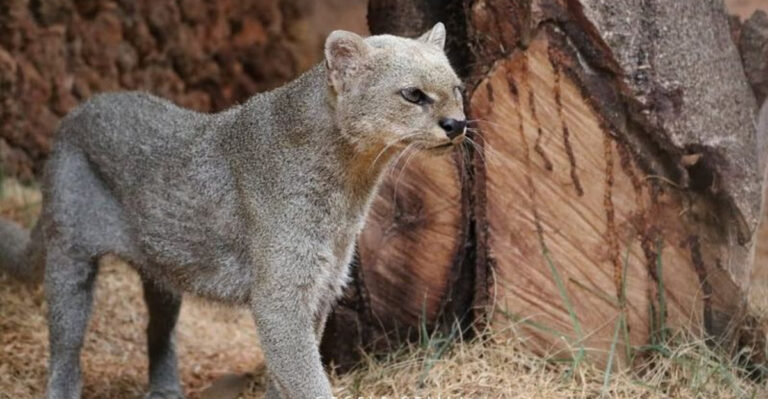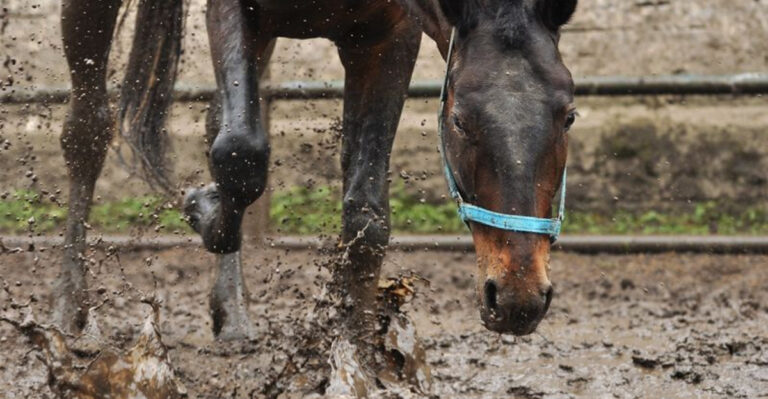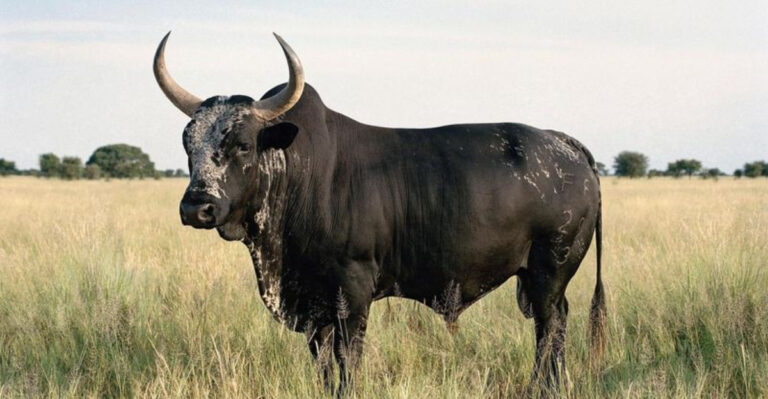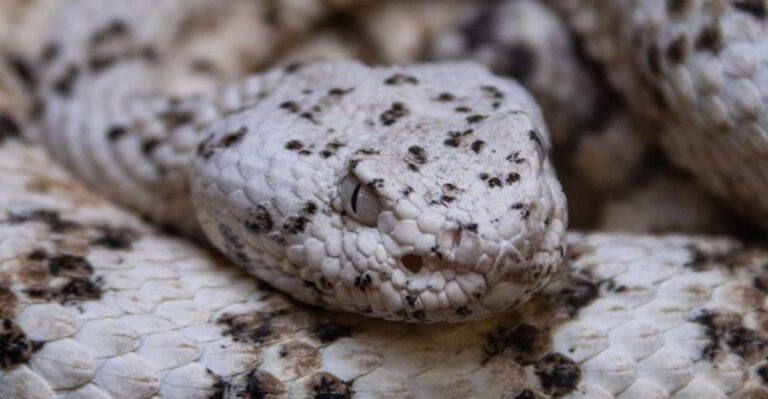17 Incredible Animals That Call America’s Oldest Forests Home
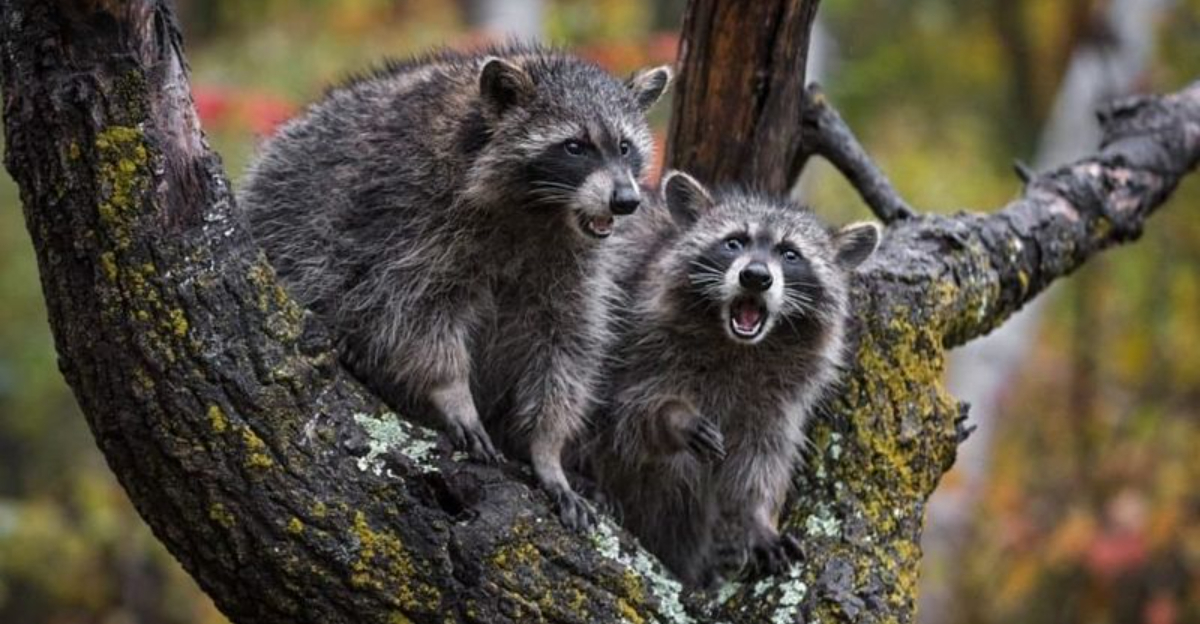
America’s ancient forests are living museums, harboring creatures that have adapted to life among towering trees over thousands of years. These woodland ecosystems support an amazing diversity of wildlife, from tiny insects to magnificent predators.
The animals living in these old-growth forests tell stories of survival, adaptation, and the delicate balance of nature.
1. Ghost Of The Forest: The Snowy Owl
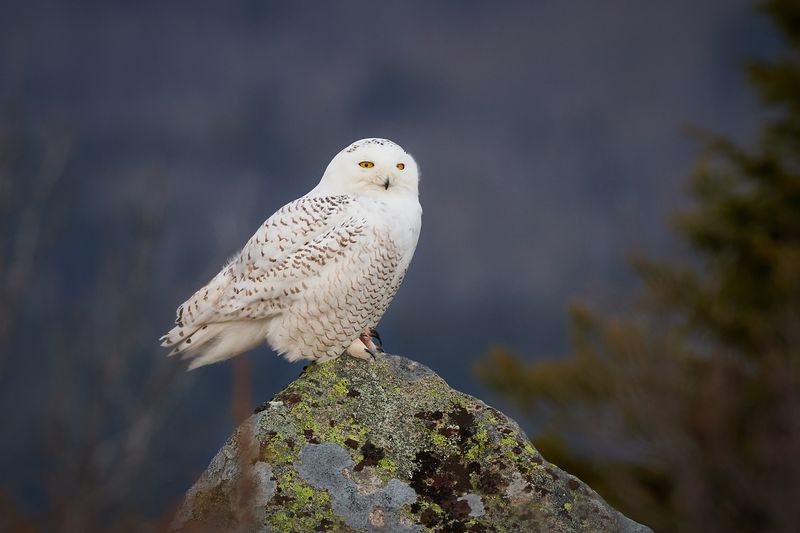
Silent wings slice through the darkness as this white phantom hunts beneath ancient pines. Unlike most owls, these Arctic visitors are active during daylight hours when they venture south into old-growth forests.
Their stunning camouflage helps them disappear against snowy backdrops while hunting voles and small mammals. For forest creatures, those yellow eyes might be the last thing they ever see.
2. The Ultimate Recycler: American Black Bear
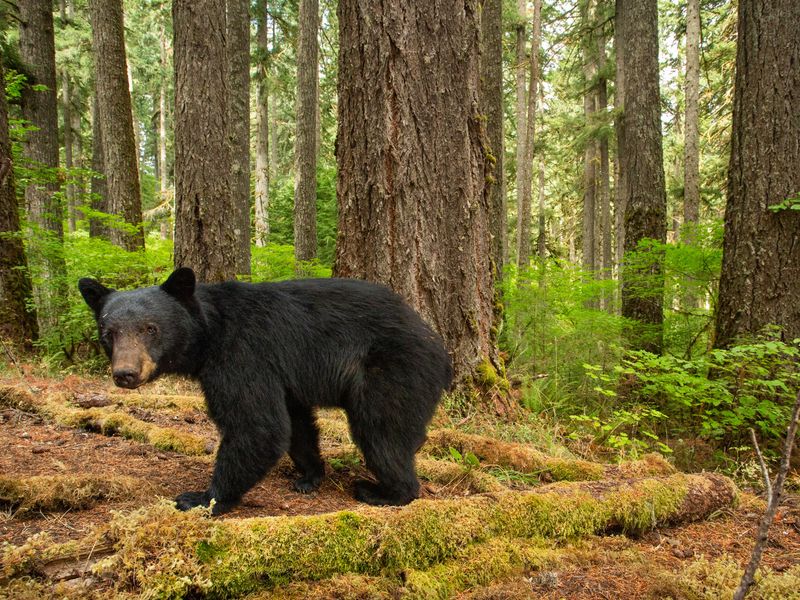
Leaving claw marks six feet up massive tree trunks, these forest gardeners spread more seeds than almost any other creature. Their massive paws can delicately pluck berries or shred rotting logs in search of grubs.
Despite weighing up to 600 pounds, black bears move with surprising stealth through dense underbrush. Their omnivorous appetite helps maintain forest health by controlling populations and distributing nutrients.
3. Masked Forest Bandit: The Raccoon
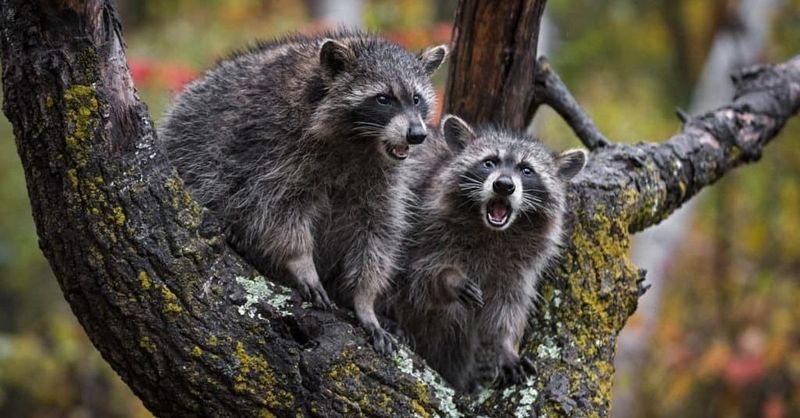
Those nimble little hands can solve puzzles that would frustrate many humans! Raccoons thrive in America’s oldest forests by using their incredible problem-solving abilities and adaptable diets.
Their sensitive fingers can feel underwater without looking, making them expert crayfish catchers along forest streams. At night, their distinctive masked faces peer from hollow trees where generations have raised young for centuries.
4. Winged Jewel: The Pileated Woodpecker
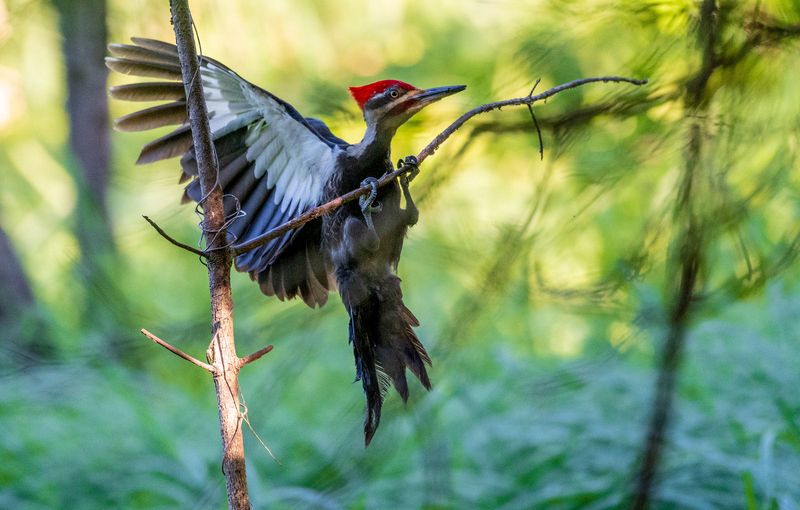
Imagine a flying dinosaur with a crimson mohawk hammering so loudly you can hear it a mile away! These crow-sized woodpeckers create rectangular holes in dead trees that become homes for countless other forest species.
Their powerful beaks can chip away three inches of solid wood per day hunting carpenter ants. The rectangular holes they leave behind become crucial nesting sites for owls, ducks, and flying squirrels.
5. Master Of Disguise: Eastern Screech Owl
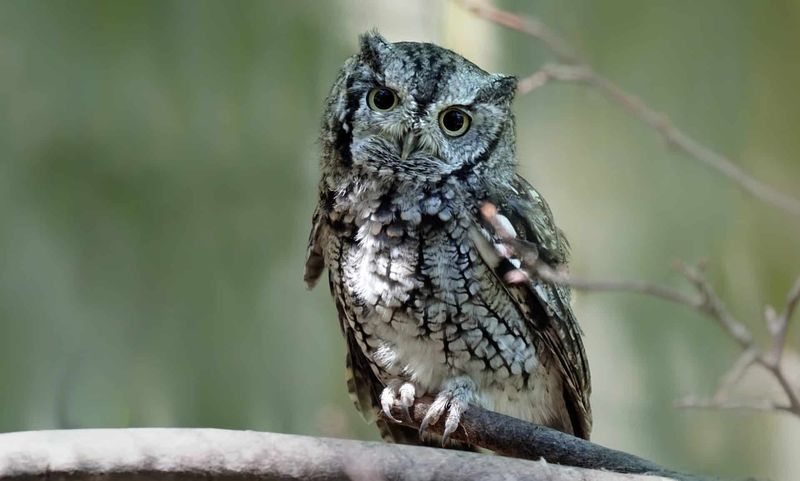
Smaller than a soda can but fierce as a tiger, these tiny predators vanish against tree bark with supernatural camouflage skills. Their ear tufts aren’t actually ears but help break up their outline against the forest.
During day hours, they squeeze into abandoned woodpecker holes and tree cavities. Their eerie, trembling call echoes through America’s oldest forests at dusk, announcing the night shift is beginning.
6. Living Fossil: The Hellbender Salamander
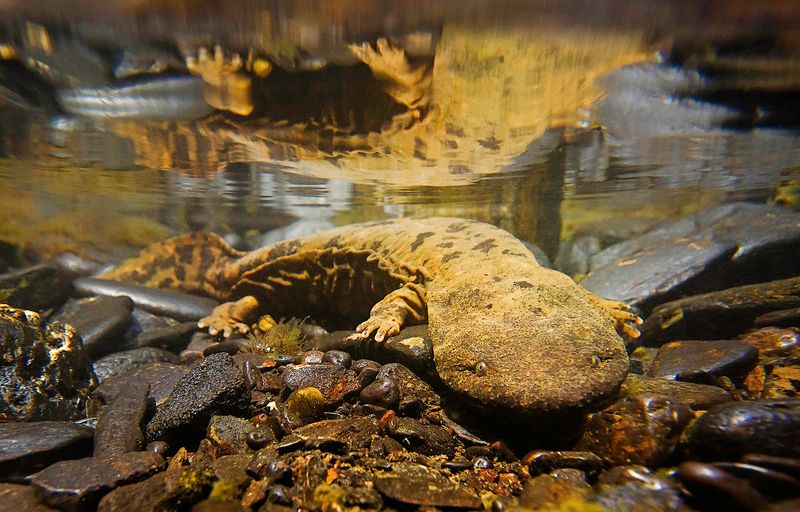
Wrinkled skin and a flat body earned this creature the nickname “snot otter” among locals! North America’s largest salamander breathes through its skin and requires the pristine streams of ancient forests to survive.
Growing up to two feet long, these gentle giants have remained virtually unchanged for millions of years. Their presence indicates exceptional water quality, making them living barometers of forest health.
7. Sky Dancer: The Northern Goshawk
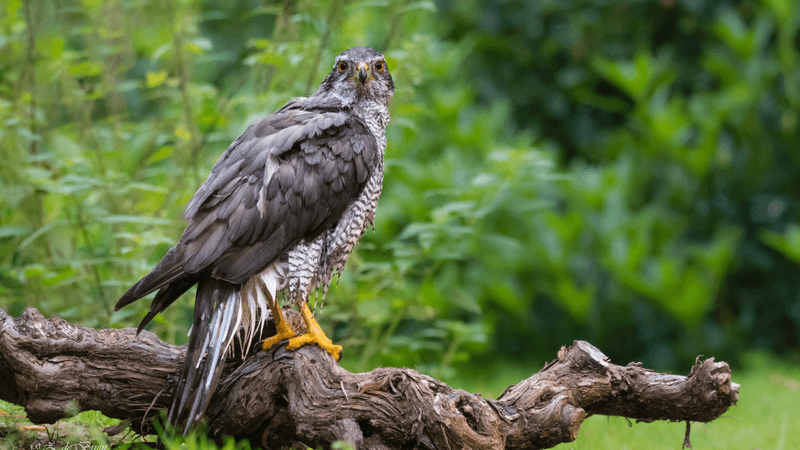
Fierce red eyes track prey through dense forest canopies with calculated precision. These woodland hunters are so territorial they’ll attack humans who venture too close to their nesting sites!
Their short, powerful wings let them navigate through tight spaces between trees at breakneck speeds. Old-growth forests provide the perfect combination of hunting grounds and secluded nesting sites these private predators require.
8. Forest Floor Engineer: Red-Backed Vole
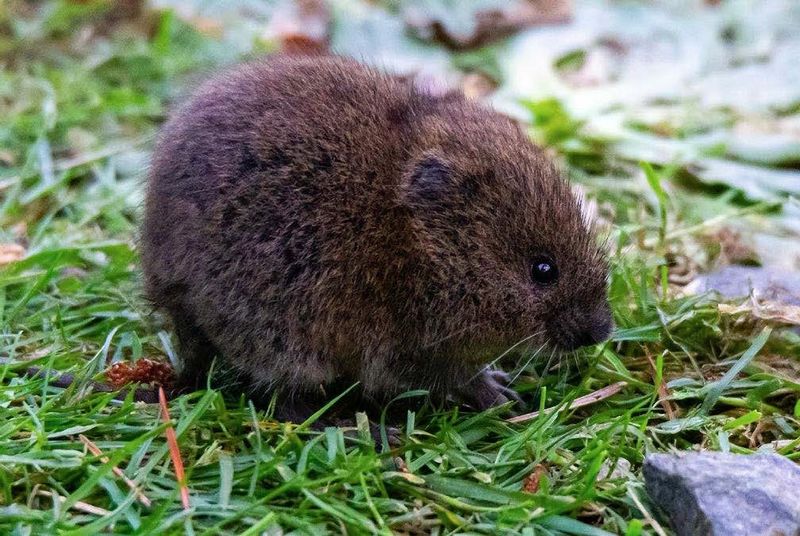
Tiny paws create highways beneath the leaf litter, connecting underground fungal networks to tree roots. These mouse-sized mammals might look ordinary, but they’re essential links in the ancient forest food web.
Their constant tunneling aerates soil and distributes mycorrhizal fungi spores that trees depend on. Though rarely seen by human visitors, these little engineers support everything from towering sequoias to hungry owls.
9. Gliding Marvel: Northern Flying Squirrel
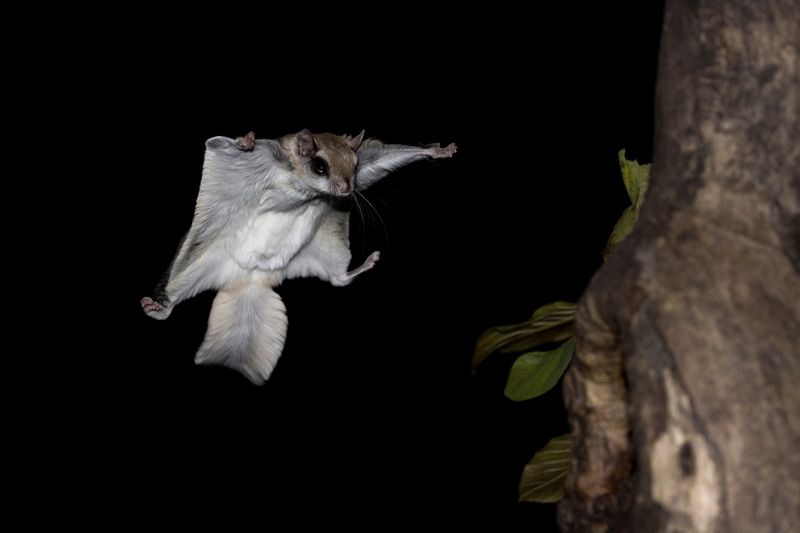
Under cover of darkness, furry parachutists launch between century-old trees, gliding up to 150 feet in a single leap! These nocturnal acrobats have stretchy skin between their limbs that transforms into living wings.
Unlike their daytime cousins, flying squirrels have huge eyes adapted for night vision. They’re critical dispersers of truffle spores, helping maintain the underground fungal networks that keep ancient forests healthy.
10. Forest Phantom: The Fisher
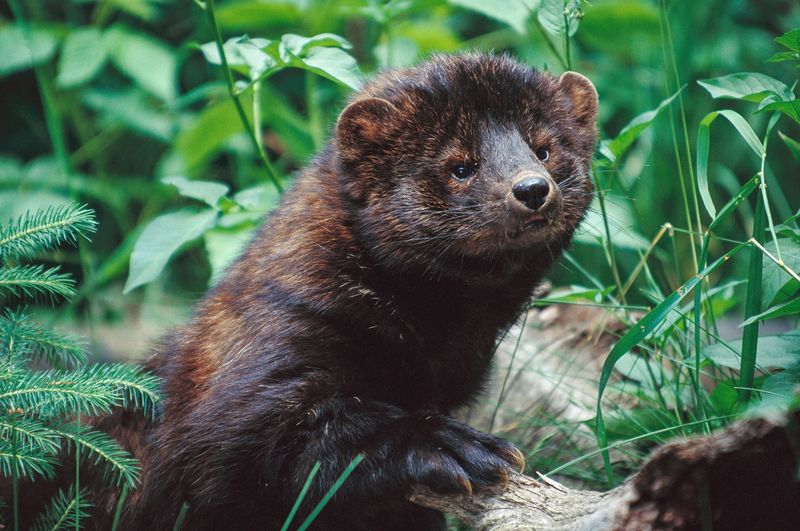
Few creatures strike fear into porcupines, but this weasel relative flips the spiny rodents over with lightning-fast attacks! With bodies built for tree climbing and hunting, fishers have returned to ancient forests after near-extinction.
Their name comes not from eating fish but from early settlers’ word for polecat. One of the few predators specialized to hunt porcupines, fishers help maintain balanced forest ecosystems through their hunting prowess.
11. Elusive Shadow: The Canada Lynx
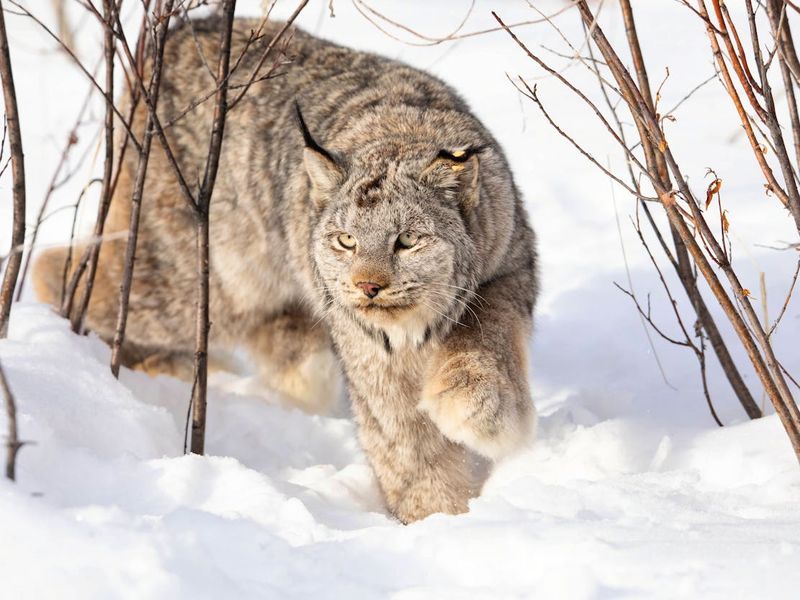
Snowshoe-like paws leave barely a whisper on fresh powder as this ghost cat stalks through northern old-growth forests. Its tufted ears can pick up the faintest rustle of a snowshoe hare hiding beneath branches.
Those distinctive black ear tufts act as natural antennas, amplifying sound in dense forest environments. Lynx populations rise and fall in perfect synchrony with snowshoe hare numbers, creating a biological dance that’s continued for millennia.
12. Living Rainbow: The Western Tanager
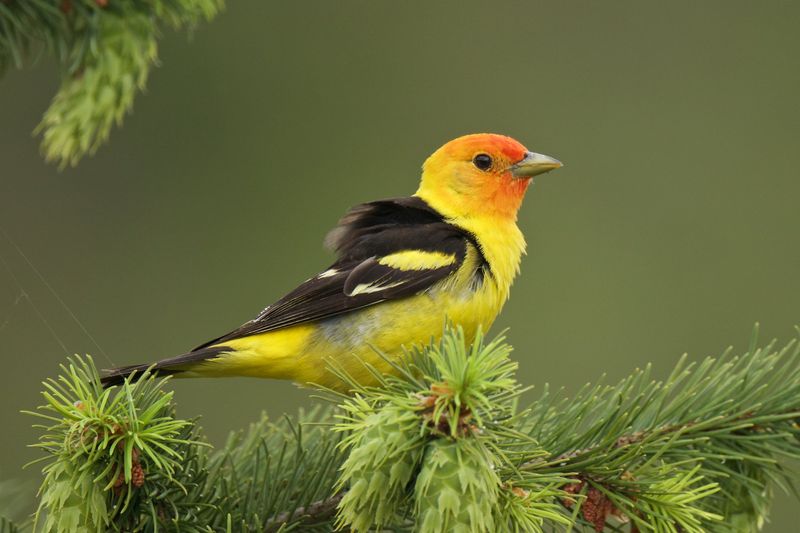
Flame-colored heads flash between emerald pine needles like living jewels in motion. These stunning songbirds migrate thousands of miles to spend summers in America’s oldest coniferous forests.
Males sport a brilliant combination of red, yellow and black plumage that seems too tropical for northern woods. They specialize in catching insects that other birds miss, plucking beetles and caterpillars from the highest branches of ancient trees.
13. Armored Ancient: The Alligator Snapping Turtle
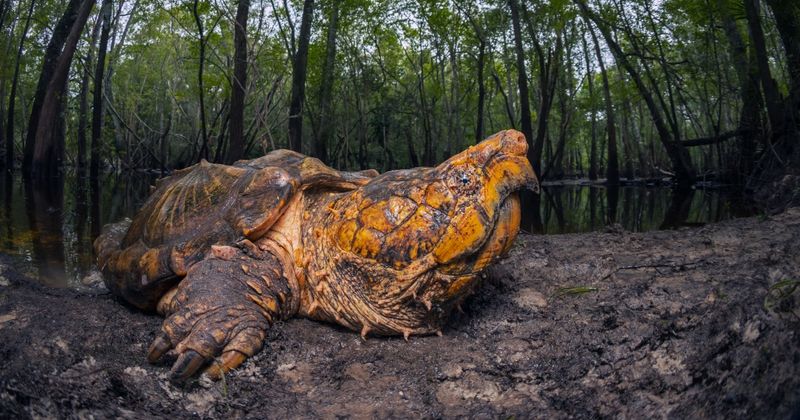
Prehistoric-looking jaws hide a worm-like tongue that lures curious fish to their doom! These living fossils can live over 100 years in the slow-moving waters of southern old-growth forest swamps.
Their spiked shells can weigh as much as a small child. Patient beyond imagination, these ambush predators sometimes wait motionless for days until prey approaches their camouflaged forms resting on muddy stream bottoms.
14. Night Flyer: The Marbled Murrelet
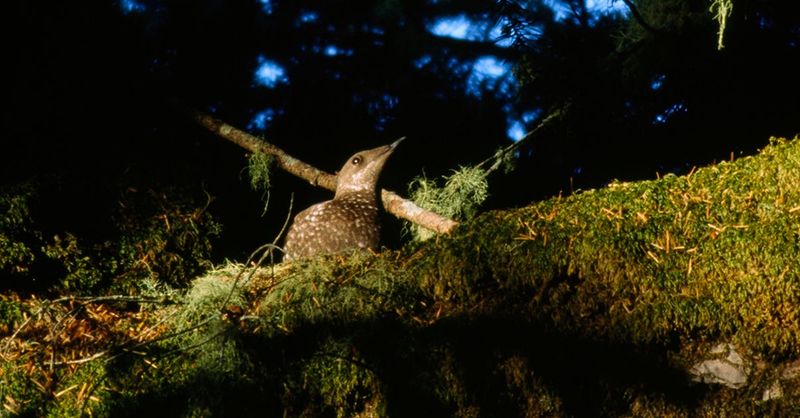
Imagine a bird that flies up to 50 miles inland from the ocean just to lay a single egg on a mossy branch! These remarkable seabirds are the only ones that nest exclusively in the canopies of old-growth forests.
Their mysterious nesting habits weren’t discovered until 1974, making them one of North America’s last bird breeding mysteries solved. They depend on wide, moss-covered branches found only in trees at least 200 years old.
15. Venomous Beauty: Timber Rattlesnake
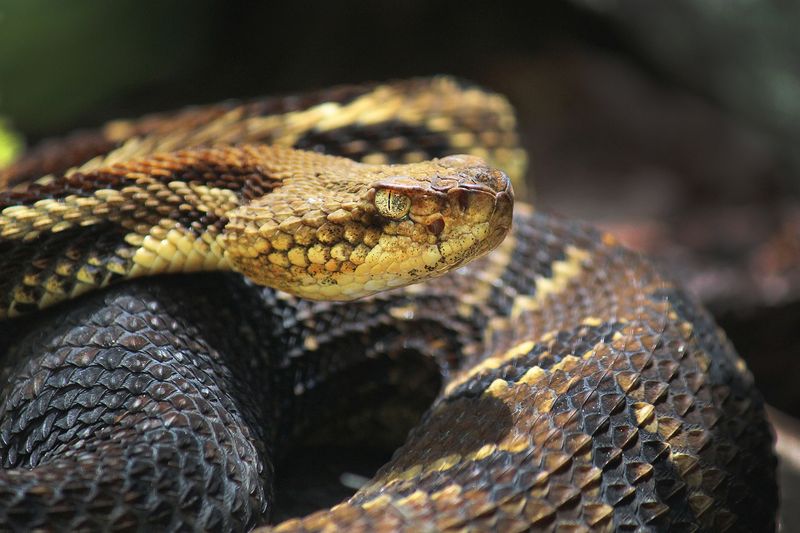
Chocolate-brown bands wrap around a muscular body that’s remained largely unchanged since before humans walked these forests. Despite their fearsome reputation, these patient predators prefer avoiding confrontation, using their famous rattle as a warning.
Masters of thermoregulation, they carefully choose basking spots where sunlight filters through the ancient canopy. A single timber rattlesnake can consume 2,500-4,500 ticks annually by eating mice, making them unsung heroes of forest health.
16. Swift Hunter: American Marten
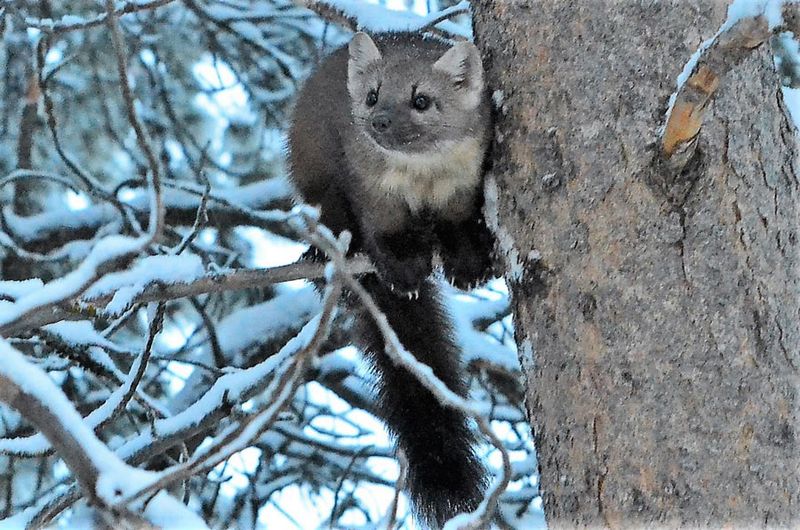
Bouncing through snowy branches like furry pinballs, these weasel relatives rarely touch the ground in winter! Their semi-retractable claws and flexible bodies make them perfect tree-dwelling hunters in boreal old-growth forests.
Small enough to chase prey through tunnels beneath snow, yet fierce enough to take down squirrels larger than themselves. Their presence indicates healthy, mature forest ecosystems, as they require complex canopy structures only found in ancient woodlands.
17. Comeback King: The Wild Turkey
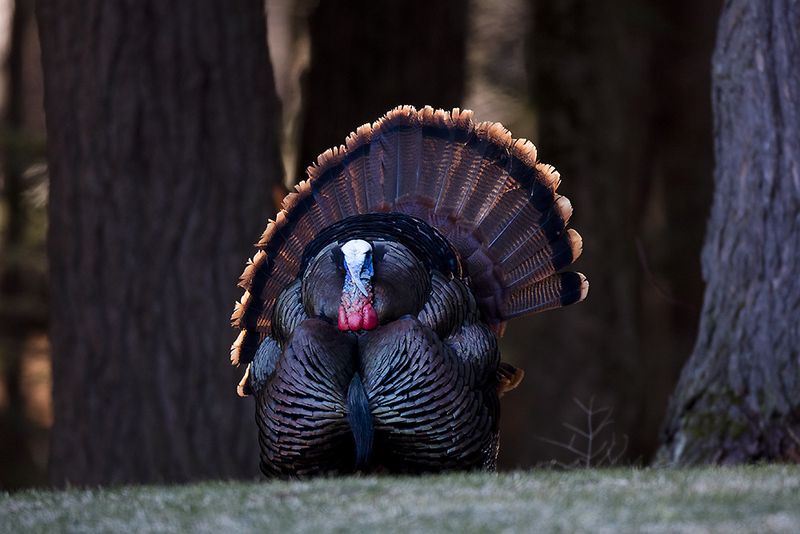
Far smarter than their domestic cousins, these woodland birds can fly 55 mph and see in technicolor! Once nearly hunted to extinction, wild turkeys have reclaimed their throne in America’s oldest forests through remarkable adaptability.
Their powerful legs can dig through inches of forest floor debris searching for acorns and insects. At night, entire flocks roost in the highest branches of ancient trees, their excellent vision spotting predators long before danger arrives.

